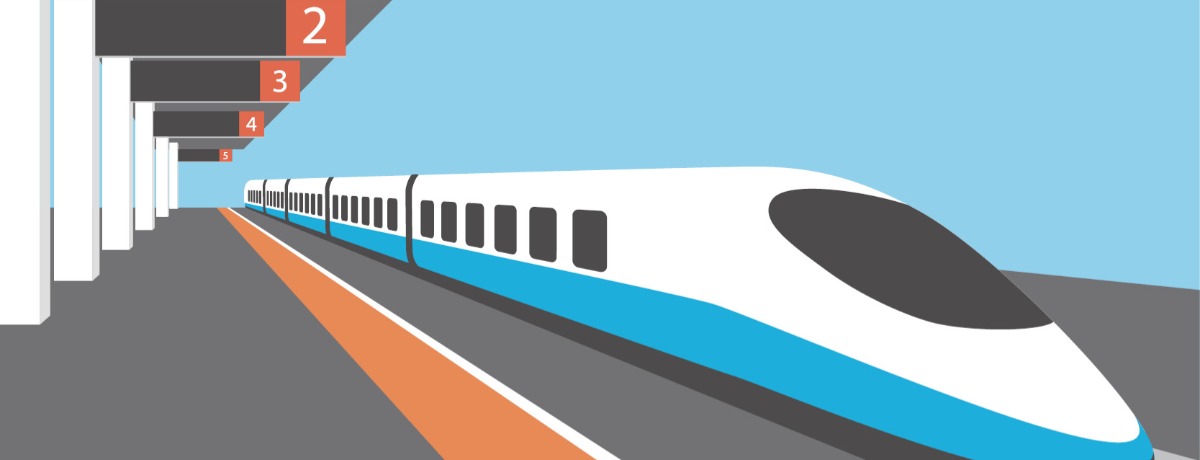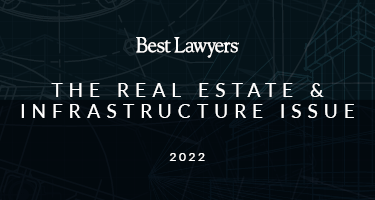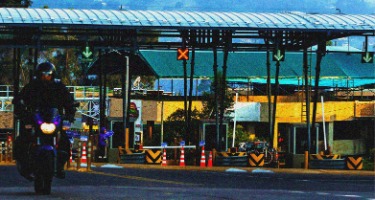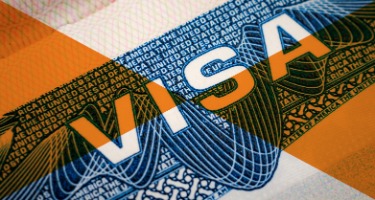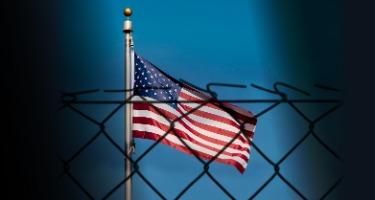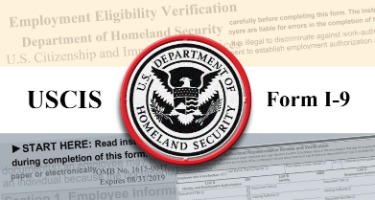Steptoe & Johnson LLP’s railroad practice is recognized in virtually every area of rail regulatory activity. The team’s experience in high-profile cases gives it a thorough understanding of the complex and evolving issues in rail transportation law. We anticipate that over the next year federal appointments will prompt an uptick in rulemaking activity and that new trends, including short-line spinoffs and the development of innovative passenger rail projects, will continue to make news.
Open STB Slots Might Soon Be Filled
The U.S. Surface Transportation Board is the federal agency tasked with the economic regulation of railroads. Its rulemaking activity has decreased somewhat in recent years due in part to three vacancies on its five-member board. A number of rulemaking proceedings initiated by the STB before 2017 have been placed on hold until those vacancies are filled, including ones concerning fuel surcharges, competitive access, regulatory exemptions, and alternative rate-regulation standards.
President Trump recently named three individuals to complete the board. Those nominations have been approved by the Senate Committee on Commerce, Science, and Transportation, but as of this writing the full Senate has yet to act. Once a full board is in place, we expect that the STB will move forward on its pending regulatory proceedings.
A New Era of Rail Line Sales?
Partial deregulation of the American railroad industry via the Staggers Rail Act of 1980 spurred many large railroads to divest unprofitable line segments to dozens of newly created short-line railroads. After this initial burst, line sales slowed as large railroads consolidated and sought to improve their financial health. Now, however, a new era of short-line spinoffs may be emerging.
In connection with a new operating plan focused on cost reduction, CSX Transportation has been evaluating its approximately 21,000-mile rail network for potential sales to short-line operators. Earlier this year, CSX offered for sale eight separate line segments totaling more than 1,000 miles throughout the East. As of this writing, most of these sales have not yet gone through, and CSX may identify additional divestible lines. Other large railroads looking to cut costs may follow suit.
Beyond Amtrak: The Future of Intercity Passenger Rail
Nearly a half-century ago, the federal government created the National Railroad Passenger Corporation (better known as Amtrak) in an effort to preserve U.S. intercity passenger rail as private railroads, facing bankruptcy, dropped service. Now a new generation of intercity projects has emerged to supplement Amtrak’s service. A number of higher-speed rail systems in various stages of planning are using a mix of public and private financing tools and innovative project delivery mechanisms. Some notables:
- California High-Speed Rail. Approved by Golden State voters in 2008, this project is an ambitious effort, led by a state agency, to link San Francisco and Los Angeles in under three hours at speeds up to 220 mph. The initial 119-mile Central Valley segment, from Bakersfield to Madera, is under construction, with completion targeted for 2022. The state plans to extend that segment north to San Francisco by upgrading existing track for a “Silicon Valley to Central Valley” line, ostensibly to be finished in 2029. Connections south to L.A. will likely follow; the current estimated cost for the entire route is $77.3 billion. Further connections to Sacramento and San Diego are possible, though numerous funding, engineering, legal, and political challenges remain.
- Brightline. Backed by private equity giant Fortress Investment Group, Brightline is the nation’s only privately owned and operated intercity passenger rail service. Despite some lingering political and legal opposition, Brightline started service in early 2018 a shared freight rail corridor from Miami to West Palm Beach, with future extensions to Orlando and possibly Tampa in the works. The company has invested more than $1.9 billion of private funds into its Florida line so far, assisted by tax-exempt private activity bonds issued to finance rail infrastructure.
Most recently, Brightline announced the acquisition of XpressWest, a high-speed rail project with rights to develop a line along the I-15 corridor connecting Southern California with Las Vegas. Brightline has also indicated it would like to develop other intercity projects across North America.
- Texas Central Railway. Texas Central Partners has advanced plans to build a dedicated 240-mile high-speed passenger rail line between Dallas and Houston using Japanese Shinkansen bullet-train technology. The latest cost estimates are in the $12–$15 billion range, with completion in 2024. The developers plan to construct and operate the line using private financing but have indicated interest in using federal government loan programs available to private infrastructure projects.
Texas Central recently announced that it has secured a $300 million loan from two Japanese government agencies to help defray initial expenses. Some landowners along the corridor oppose the project, and litigation thus far has focused on the extent of Texas Central’s eminent domain authority.
